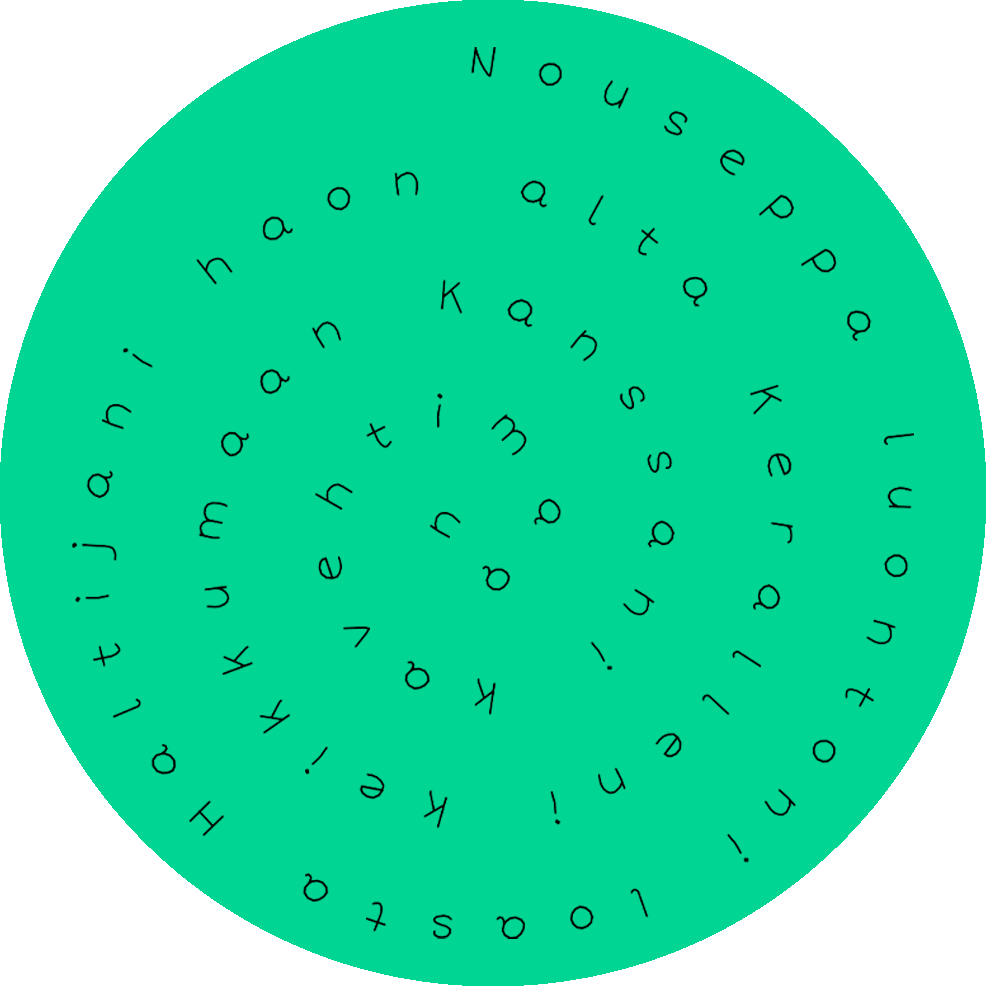A Cognitive Perspective on the Luonto Raising Rite of the Karelian and Finnish Ritual Specialists
DOI:
https://doi.org/10.30666/elore.142585Keywords:
incantation, rituals, spirit possession, cognitive science of religion, cognitive cultural studies, cognitive biases, dualism, folk beliefs, folklore, folkloristicsAbstract
Raising one’s luonto has been an essential part of the Karelian and Finnish incantation tradition and is performed by traditional ritual specialists the tietäjät (‘the ones who know’). In this context, luonto (literally ‘nature’) usually means a human’s profound essence, and raising it means activating it somehow. It was considered essential for the success of the incantation rite to performing it with an activated luonto, i.e. behaving in a furious and ecstatic state. Folklorist Anna-Leena Siikala has described this state as a motoric trance that resembles the spirit possession rituals of the Eastern and Central Siberian peoples (Siikala 1992, 208–209). During spirit possession an external spirit is considered to be taking control of a person’s body.
Inspired by the Siikala’s description, I examine in this article ways in which raising one’s luonto resembles cross-cultural ways of interpreting certain kinds of behaviour as spirit possession. I concentrate on the ways in which the cognitive processes connected with interpreting spirit possessions can appear in research material. As a theoretical framework, I use anthropologist Emma Cohen’s theory of interpreting spirit possession from the perspective of human cognition (Cohen 2008). The research material comprises narrated folk beliefs, belief narratives and incantations from the 19th and early 20th centuries that are deposited in the Folklore Archive of the Finnish Literature Society. The main research methods used are material-based and theory-based content analysis.
This analysis suggests that raising one’s luonto was not usually considered a spirit possession in which an external spirit took control of a person’s body. Rather, this state could sometimes be interpreted as the kind of possession in which an external essence enters the body, although the research material contains some variation on the subject.


Downloads
Published
How to Cite
Issue
Section
License
The journal follows Diamond Open Access publishing model: the journal does not charge authors and published texts are immediately available on the Journal.fi service for scientific journals. By submitting an article for publication on Elore, the author agrees, as of September 2024, that the work will be published under a CC BY 4.0 licence. Under the licence, others may copy, transmit, distribute and display the copyrighted work and any modified versions of the work based on it only if they attribute the licence, the original publication (link or reference) and the author as the original author. Any modifications made must be acknowledged.
Copyright of the texts remains with the authors, and self-archiving (Green OA) of the published version is allowed. This also applies to texts published before September 2024. The Green OA publication must include Elore's publication details.
The metadata for published articles is licensed under Creative Commons CC0 1.0 Universal.




